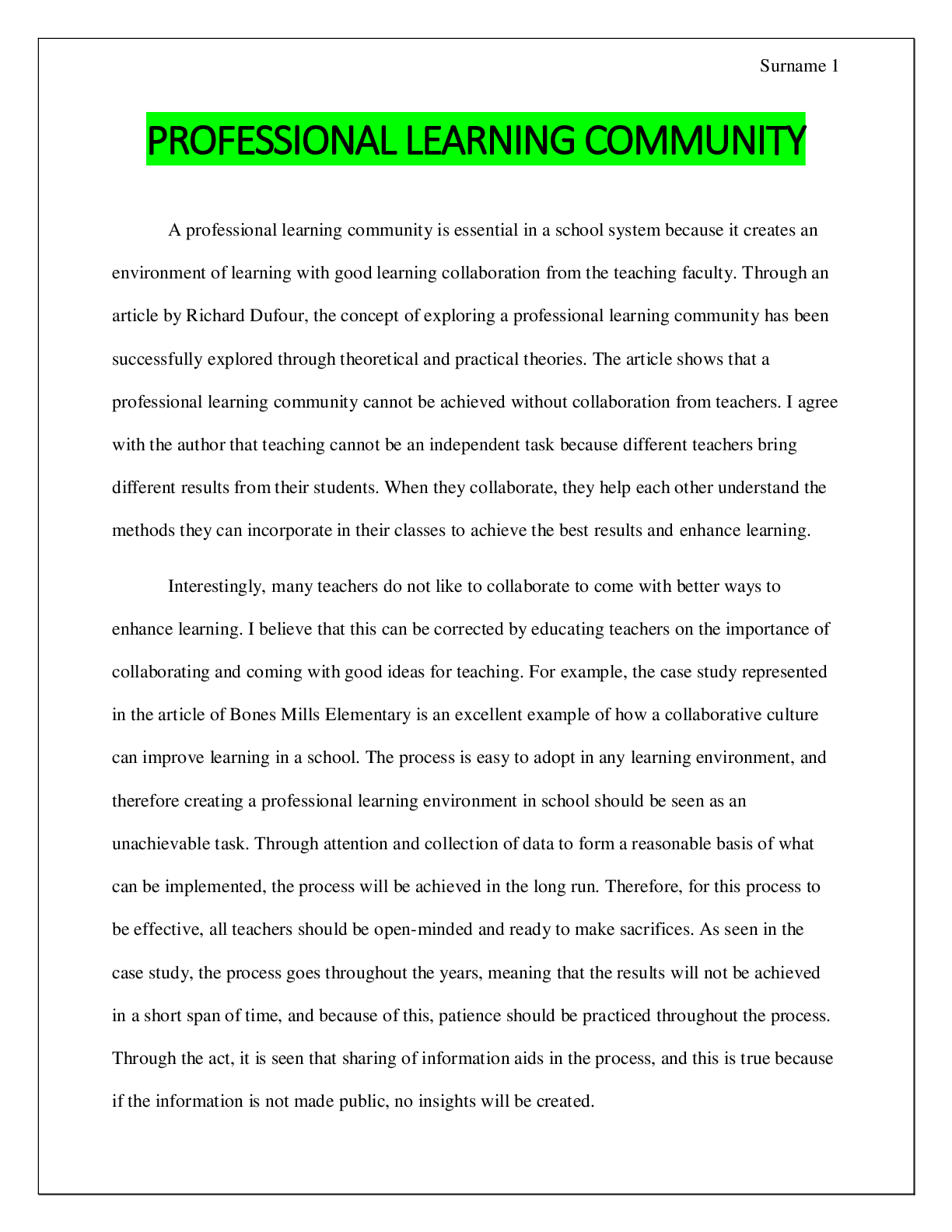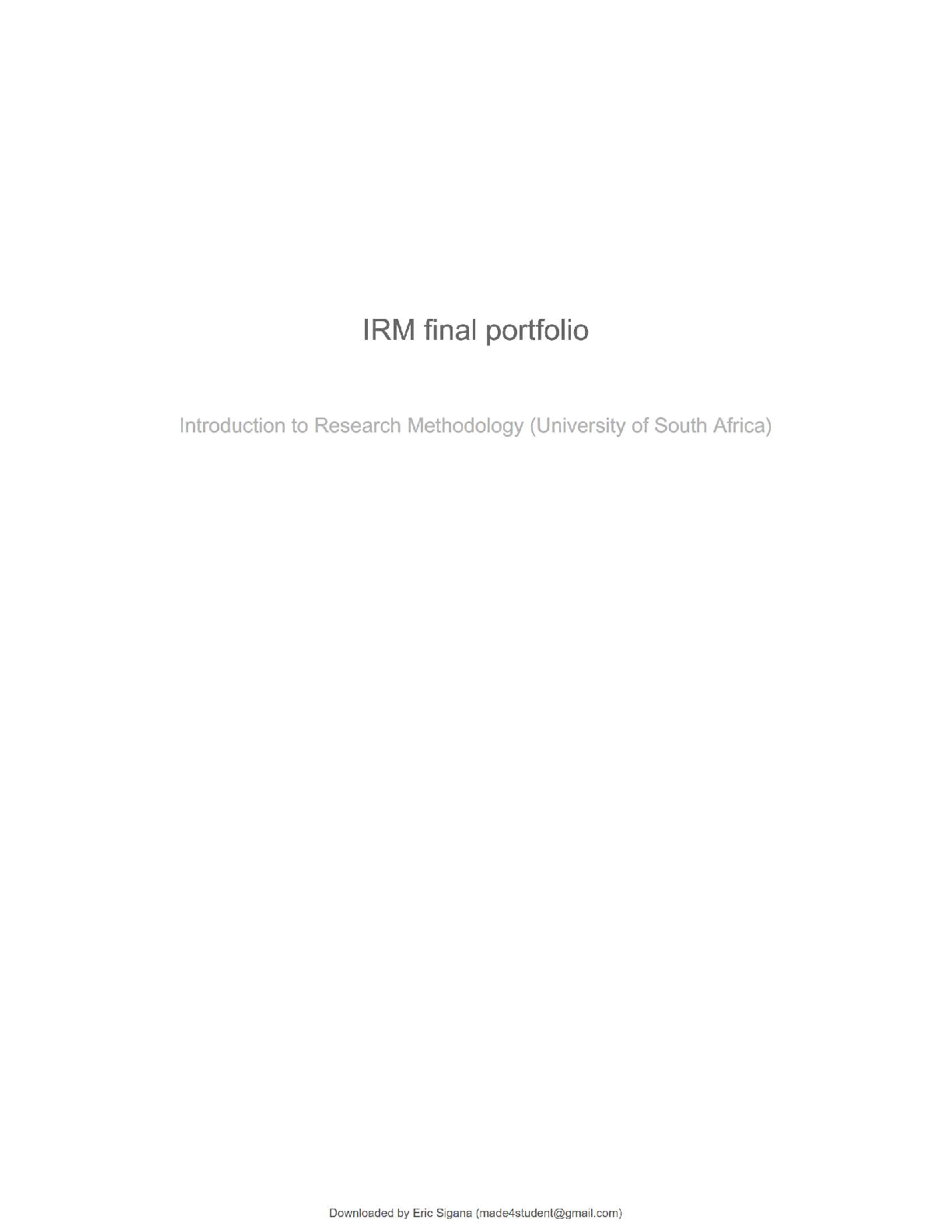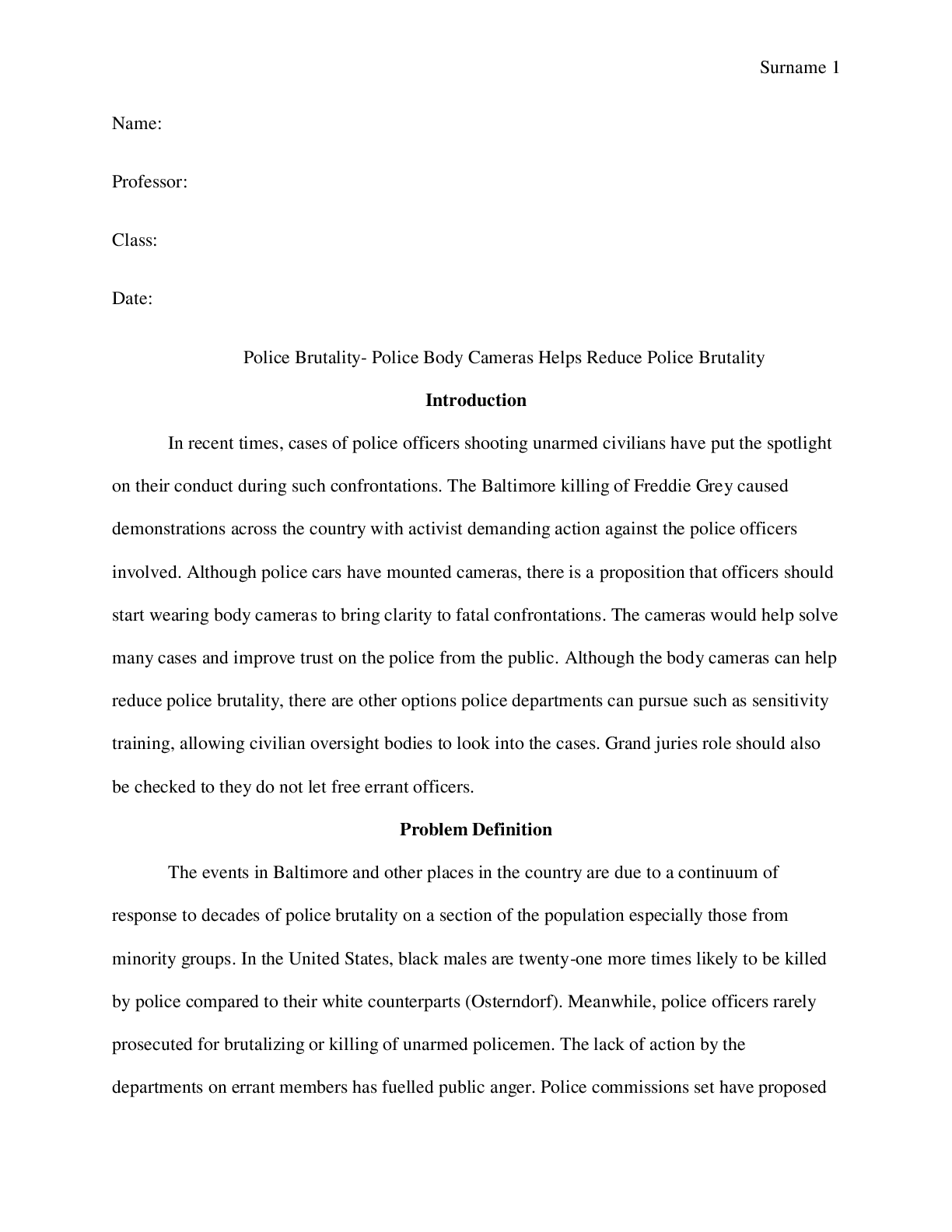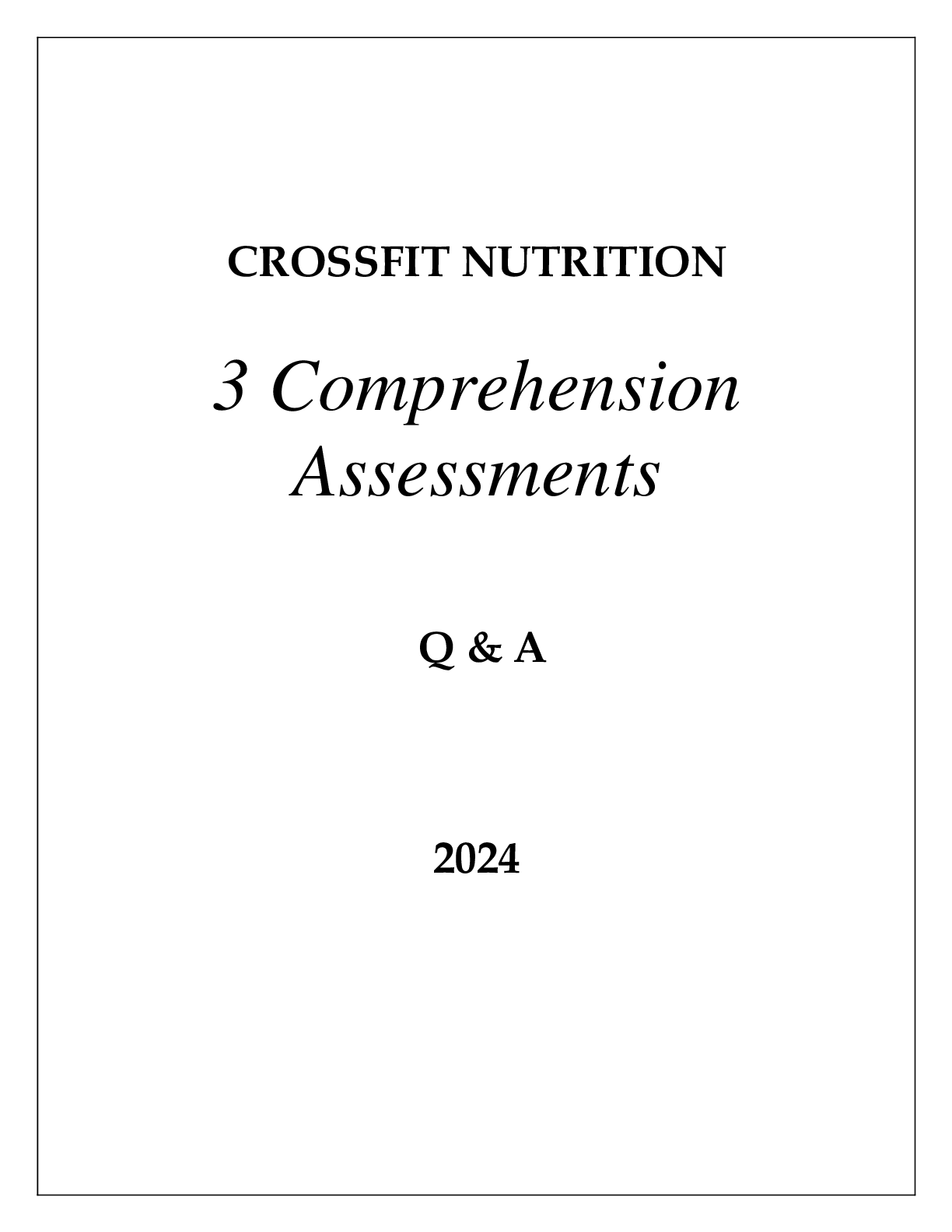BIBLIOGRAPHY CLASSROOM EXAMPLE (DOWNLOAD FOR CLASS PRACTICE)
Document Content and Description Below
Aleixandre-Benavent, R., Aleixandre-Tudó, J. L., Castelló-Cogollos, L., & Aleixandre, J. L. (2018). Trends in global research in deforestation. A bibliometric analysis. Land Use Policy, 72, 293-302. ... https://www.sciencedirect.com/science/article/abs/pii/S0264837717305276 The author explores the effects of deforestation on the environment through environmental Sciences, Ecology, and Environmental Studies. As a team of researchers in environmental studies, they concluded that the main effects of deforestation include land-use change, climate change, conservation, rain forest, and reducing emissions from deforestation and degradation. Apart from natural causes of deforestation, the article argues that other factors like social and economic factors might contribute to the problem. Population growth and dependency on trees for raw materials are among the factors explored in the research. The article has clearly explained the effects of deforestation on the environment, and this has given me insight into the importance of conserving forestation. It is interesting to learn that the ecosystem is highly dependent on trees for it to be complete and function properly. The shocking factor about deforestation is that human beings rob themselves of the potential of renewable sources without knowing, and the effects are felt in the long term. Busch, J., & Ferretti-Gallon, K. (2017). What drives deforestation, and what stops it? A meta-analysis. Review of Environmental Economics and Policy, 11(1), 3-23. https://www.journals.uchicago.edu/toc/reep/current The online journal article shows how environmental challenges have evolved through the years because of the effects of deforestation. The authors explore the distinct period when the environmental challenges started. From the periods of 1950 to the 1970s, it is argued that deforestation caused resource depletion, and this is because, in this period, the environment was the primary key natural resource. From the 1970s, the environment experienced the loss of global and local environmental public goods due to deforestation. From the 21st century, the effect of deforestation on the environment has been termed as ecological scarcity era. I love the way the authors have shown the effects of deforestation through different periodic times. Through this, one is able to identify the changes that have taken place throughout the years. The article has clearly been researched because the authors use different external sources to back up their information. They have given credible and reliable information because they use data from national research institutes, making the information accurate. Tanner, A. M., & Johnston, A. L. (2017). The impact of rural electric access on deforestation rates. World Development, 94, 174-185. https://www.sciencedirect.com/science/article/abs/pii/S0305750X17300025 The authors explore the control of deforestation by the providence of rural areas with electric access. They argue that some of the main causes of deforestation include Overpopulation and economic industrialization. Because of this, the article explores the ways in which deforestation can be eased, and this is through control of the use of electricity in rural areas. By control of biomass in rural areas, deforestation will be controlled. Through rural electrification, the article argues that most of the deforestation in the world will be controlled. To make their arguments in the study, they provide two innovations: political ecology and supplements political ecology in control of deforestation. The article is well written, and it has presented the effects of deforestation and how the issue can be corrected. The researchers have used enough data and backup sources to show the effects of deforestation, and this gives a clear insight into the problem. I love that they offer different types of innovative ways the problem can be corrected, and this is insightful to a reader. Van der Ven, H., Rothacker, C., & Cashore, B. (2018). Do eco-labels prevent deforestation? Lessons from non-state market-driven governance https://www.sciencedirect.com/science/article/abs/pii/S0959378017304545?via%3Dihub The article explores continued deforestation despite the implementation of non-state market-driven governance for agricultural commodities. Even after the rules that have been set to control agricultural activities from interfering with forestation, the correct actions have not been taking place. The paper further explores the negligence experienced in the NDMD and the proper actions that need to be taken to protect forestation. Through different findings on the paper, it is seen that the governance and loopholes in the NSMD are the ones that have triggered the lack of effectiveness of the program. The paper has been well researched, and this is seen through the detailed information presented. Through the presentation of backup data from other researchers, it is evident that the researchers have compiled different information sources to give credible and accurate research. However, the article could have been more informative if it explained the process of deforestation and how crops can cause it. Vieilledent, G., Grinand, C., Rakotomalala, F. A., Ranaivosoa, R., Rakotoarijaona, J. R., Allnutt, T. F., & Achard, F. (2018). Combining global tree cover loss data with historical national forest-cover maps to look at six decades of deforestation and forest fragmentation in Madagascar. Biological Conservation, 222, 189-197. https://www.sciencedirect.com/science/article/pii/S0006320718301125 The article explores the issues of deforestation through six decades of forest fragmentation in Madagascar. The paper shows how the island of Madagascar is at a high risk of deforestation. Deforestation has caused a substantial gap in the forests in Madagascar, and this threatens the ecosystem. The article explores the six decades of deforestation and forest fragmentation in Madagascar from the years of 1953-2014. Estimates of the amount of forest that has been lost in the six decades amount to 40% of the total forest coverage. The article shows that a lot of effects are bound to be experienced if the problem is not corrected. This article is very insightful, and by using Madagascar as their main area of research, it creates a good basepoint. Readers are able to relate because it is very specific easily. The article has also provided specific data from National Forest Cover Maps, making the information accurate and reliable for a reader. The use of external sources of information like previous research data has the information gain more credibility. Werth, D., & Avissar, R. (2005). The local and global effects of S https://agupubs.onlinelibrary.wiley.com/doi/full/10.1029/2005GL022970outheast Asian deforestation. Geophysical Research Letters, 32(20). https://agupubs.onlinelibrary.wiley.com/doi/full/10.1029/2005GL022970 The journal article by AGU.org gives an insight into the local and global effects of Southeast Asian deforestation. The article argues that countries in South Asia have been experiencing changes in weather conditions due to deforestation, mainly during the winter and summer. The article the imbalance has been due to monsoon‐driven semi-annual cycle with wet seasons. It is also notable that the changes are felt throughout the year. One of the most observable changes is during February where the precipitation‐minus‐evaporation is too low, and this shows the moisture absorption is caused by deforestation. I love the way the authors of the article have used different sources of information like NASA to give detailed information on the effects that have been caused by deforestation in Asia. The authors have explored the topic with excellent accuracy as they have graphical representations of how the areas in Asia have been affected. Because of this, the article is reliable to readers. [Show More]
Last updated: 3 years ago
Preview 1 out of 5 pages

Buy this document to get the full access instantly
Instant Download Access after purchase
Buy NowInstant download
We Accept:

Reviews( 0 )
$4.50
Can't find what you want? Try our AI powered Search
Document information
Connected school, study & course
About the document
Uploaded On
Sep 16, 2021
Number of pages
5
Written in
All
Additional information
This document has been written for:
Uploaded
Sep 16, 2021
Downloads
0
Views
127

























